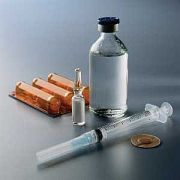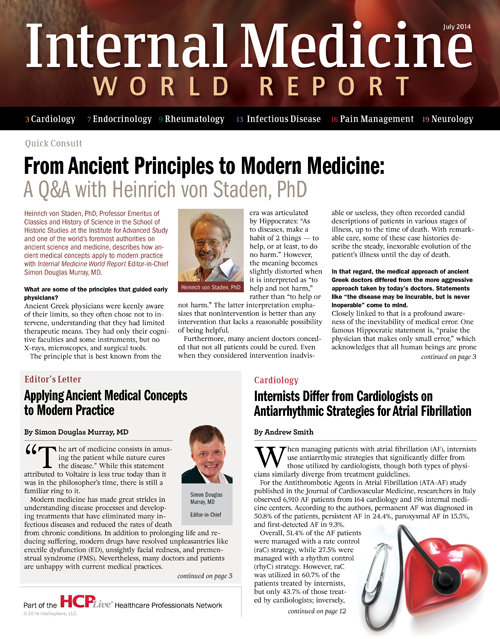High Carbohydrate Intake Linked to Increased Insulin Requirements
Since many patients have insulin resistance, prescribing insulin therapy for diabetes often requires trial and error.

Since many patients have insulin resistance, prescribing insulin therapy for diabetes often requires trial and error.
Although there is a non-linear relationship between insulin requirements and visible parameters such as body size, research published in an upcoming issue of Diabetes & Metabolic Syndrome: Clinical Research & Reviews suggests a particular clinical profile associated with insulin resistance can identify those in need of higher insulin doses.
For their observational study, researchers from a large tertiary care center in India examined total daily insulin requirements (TDIR) and carbohydrate consumption among 60 patients aged between 30-75 years who had been diagnosed with type 2 diabetes mellitus (T2DM) for an average of 10 years. At the start of the study, all patients had received a stable insulin dose for at least 6 months, as well as achieved an acceptable level of glycated hemoglobin (HbA1c) between 6-7.5%.
The researchers stratified the participants into 3 groups:
- Group 1: TDIR <1 U/kg
- Group 2: TDIR 1—2 U/kg
- Group 3: TDIR >2 U/kg
According to the study authors, patients in Group 3 were most likely to have insulin resistance, as they had a pronounced tendency toward lower body weight and body mass index (BMI) compared to the other 2 groups. Additionally, participants in Group 3 exceeded the recommended daily carbohydrate intake of 130 g. Nevertheless, all 3 groups had similar incidence rates of hypoglycemic episodes and complications.
Since the researchers concluded that low body weight and high carbohydrate intake increase insulin requirements, they advised clinicians to monitor carbohydrate intake among T2DM patients, especially those with BMI <21 who require insulin doses that exceed 2 U/kg.
